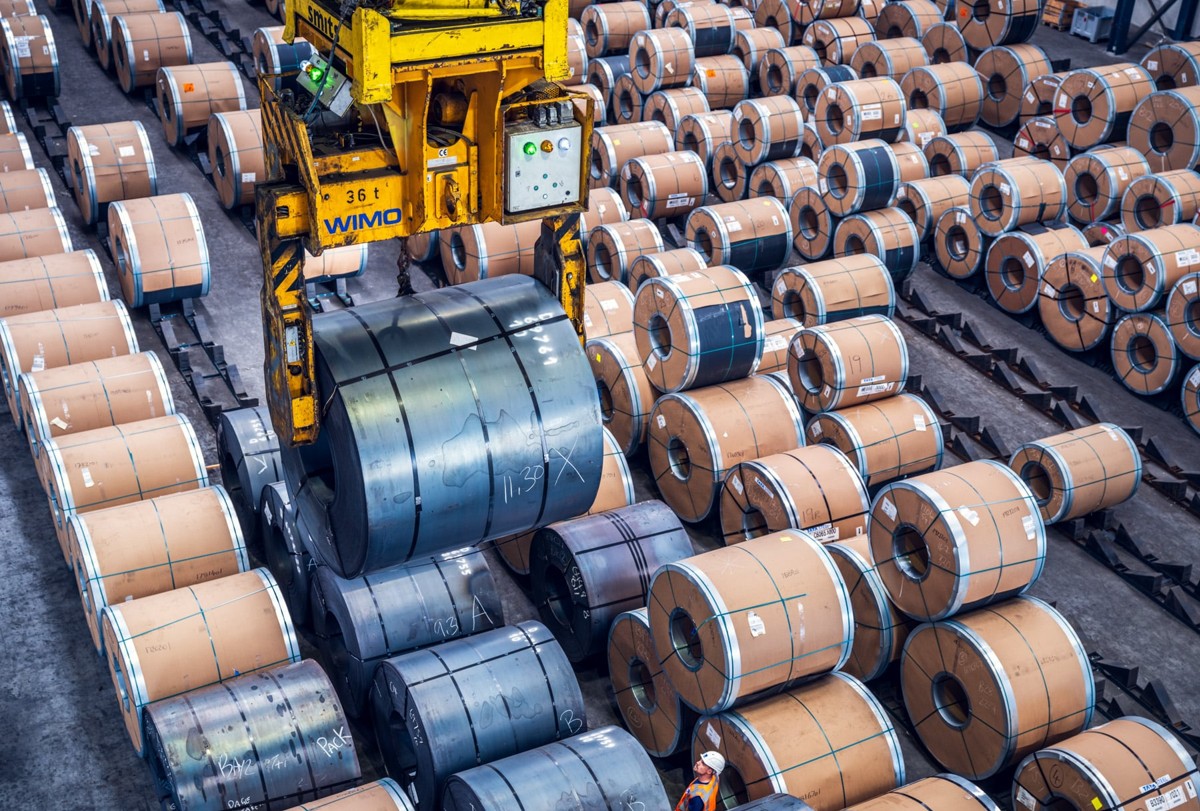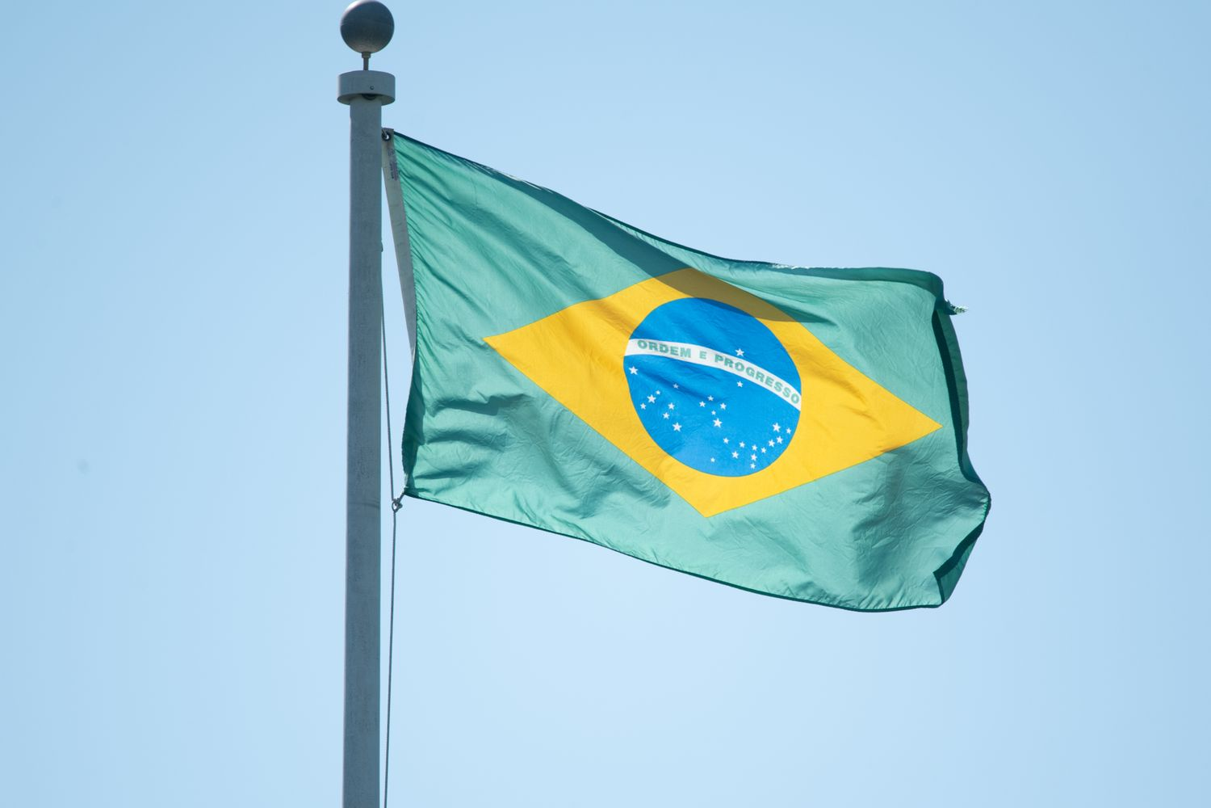Analysis

May 8, 2025
Final Thoughts
Written by Michael Cowden
Some earnings calls sort of put you to sleep. Cleveland-Cliffs’ call today was not one of them.
Cliffs CEO Lourenco Goncalves said the company’s huge Q1 loss was “unacceptable” on a conference call with analysts on Thursday morning. He ticked through the idlings the company has announced to try to stem the tide of red ink. (We have a tally of those idlings here.)
That’s only part of the plan
There had been rumors that Cliffs would look to sell assets. And the company confirmed those rumors on Thursday after losing nearly $500 million in Q1, following a nearly $450 million loss in Q4.
“Something that often comes up in moments like this is divestitures of non-core assets. And this is a very asset-rich company,” said Cliffs CFO Celso Goncalves, who is also Lourenco’s son.
“I’m not going to go into specifics of which ones. But we have received unsolicited inbounds, and we’re talking assets that could bring several billion dollars of potential value,” Celso added.
The cash from those deals – some of which Celso said could be announced this year – would be used to pay down debt.
Let the speculation begin
Celso understandably said he could not provide specifics on what might be for sale. But, also understandably, the guessing games have already begun. What might Cliffs be willing to part with, and which assets are worth a 10-figure price tag?
Is it the $1-billion hot-briquetted iron plant in Toledo, Ohio, that Cliffs broke ground on in 2018 and started up in late 2020?
Maybe it’s Ferrous Process and Trading Co. (FPT), which Cliffs acquired in 2021 for $775 million – when the going theory was prime scrap might be the next precious metal.
Why am I harping on raw materials? Because these particular ones are commonly used in EAFs. Yes, Cliffs also operates EAFs. But the company on Thursday also reiterated its long-term commitment to making metal via blast furnaces.
“We’ll continue to rely on blast furnaces. Blast furnaces are necessary. … They are here to stay. And we are going to continue to compete against the EAFs,” Lourenco said on the call.
Concrete proof of that: Cliffs just relined a blast furnace – an expensive undertaking – in Cleveland. And the company plans to reline a furnace at Burns Harbor, in Northwest Indiana, in 2027, he said.
Does Cliffs really need all that HBI and prime scrap if its future is primarily integrated mills?
In any case, what a huge change.
Cliffs came tantalizingly close to buying U.S. Steel in 2023. There were rumors in 2024 that Cliffs might buy NLMK USA, before it ultimately purchased Stelco for $2.5 billion in November of last year. Who would have thought asset sales would be the focal point of discussion just six months later?
I think it’s fair to say steel isn’t the best at planning for a rainy day. Then again, maybe that’s just human nature.
Canada should be a friend
And what about Stelco? I am surprised to be writing that question.
But Lourenco also said he wouldn’t have done the deal if he’d known the direction US trade policy was going to take just a few months later.
“The broader tariffs that hit Canada impacted our clients. And then our clients were impaired in terms of selling their product to the United States. That was not part of our plan,” Lourenco said.
“Nobody saw that coming. Otherwise, I would not have been so eager to buy Stelco if I knew that Canada would not be treated like a friend,” he added.
That said, the US and the UK have just inked a trade deal. And Lourenco said the meeting between Trump and Canadian Prime Minister Mark Carney “was a step in the right direction.”
“We are tied by the hip. … We need each other, and we should continue to work that way,” he added.
Case in point: Goncalves noted how important Canadian auto parts are to vehicles assembled in the US.
Vietnam, maybe not
Another thing that stuck out to me was Lourenco calling out Vietnamese hot-rolled coil.
“The biggest situation right now with the Section 232 is there are the countries that are selling through the tariffs,” he said.
“Let’s take the example of Vietnam offering hot rolled, duty paid at the port at $700 and something. That’s crazy,” he added.
The $700/st figure is something I’ve heard from other market participants. It might sound impossible with US HR prices closer to $900/st. But the math works out. Let’s say Vietnamese HR is being sold at ~$450-460/st within Vietnam. Add 25% and freight to that. You’re still making money at $700/st.
Vietnam was a big supplier of coated products. That door has closed with high preliminary countervailing and anti-dumping margins announced earlier this year. Could those tons shift to HR? Sure, Vietnamese HR hasn’t shown up in US import data in a significant way yet. My guess is it’s only a matter of time.
But there is one big caveat: Could President Trump increase Section 232 duties on Vietnam from 25% to 50% overnight? He did just that to Turkish steel via a tweet in August 2018. Suffice it to say, in our brave new world of on-again, off-again tariffs, I’m not ruling anything out.
In the meantime, thanks to everyone out there for your support of SMU. We really do appreciate it.






